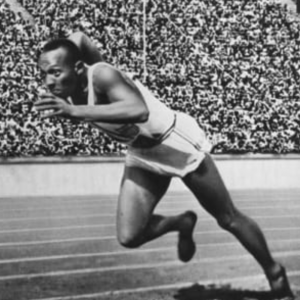The Mediterranean Sea is the largest enclosed sea in the world, connected to the Atlantic Ocean only through the Strait of Gibraltar. Learn more about this area of the world in the Social Studies mini spark.
Spark your thinking!
1. Set up your social studies spark recording page: #22: the Mediterranean Sea
2. Watch this short video. Record 5-8 facts about the sea on your recording sheet.
3. Set your timer for 3 minutes. Study this map of the Mediterranean Sea. When the timer goes off, record all of the countries that you can remember that border the Sea.
4. The Mediterranean Sea has a number of major internationally recognized seas within it’s vast area.
- Open the World Atlas and find the map of the Mediterranean Sea.
- Set a timer for 5 minutes.
- Study the map closely and focus on the names of the smaller seas.
- When the timer goes off, write down the names of 6 seas on your recording sheet.
- Scroll to the bottom of this post to verify that you have recorded all the names correctly.
5. Look at this info and study the map of the Strait of Gibraltar at World Atlas. Record the cities that are on the border and also the territories on either side of the strait.
6. Optional: Memorize how to spell Mediterranean!!! Whisper spell it 10 times. Air write it 5 times and write it on your recording page 3 time from memory.
7. Share your social studies mini spark recording page and visual with your teacher/EY coordinator.
Seas within the Mediterranean Sea
- Balearic Sea
- Tyrrhenian Sea
- Sea of Sicily
- Libyan Sea
- Aegean Sea
- Cilician Sea




 This mini spark is all about the Emerald Isle! Ready to discover one of Europe’s most beautiful countries?
This mini spark is all about the Emerald Isle! Ready to discover one of Europe’s most beautiful countries?


 Say what?
Say what? It is always a good time to learn more about Geography. Study this geography lesson which is all about state capitals.
It is always a good time to learn more about Geography. Study this geography lesson which is all about state capitals.